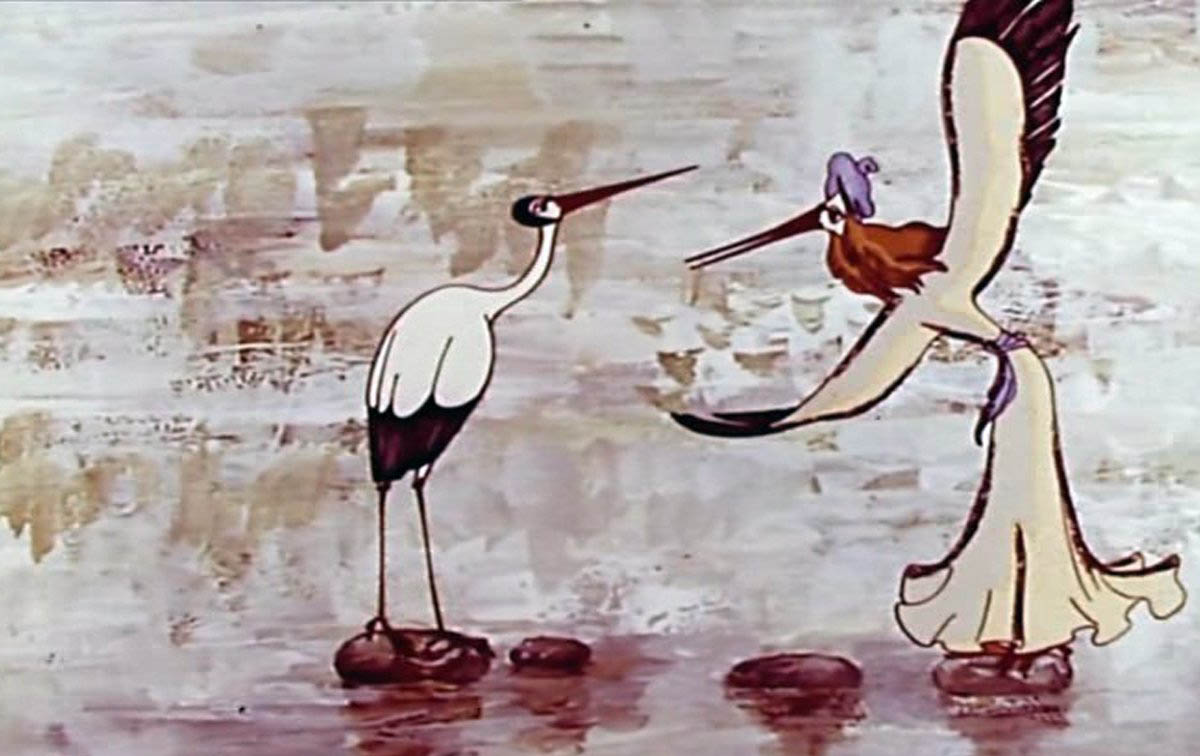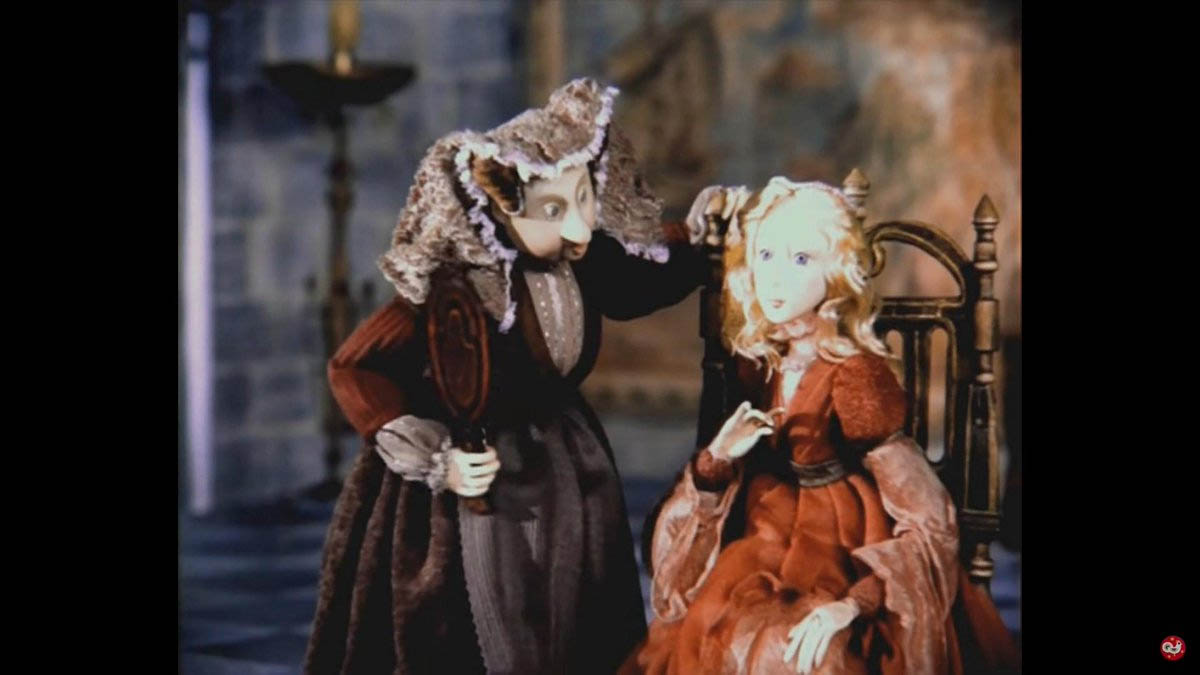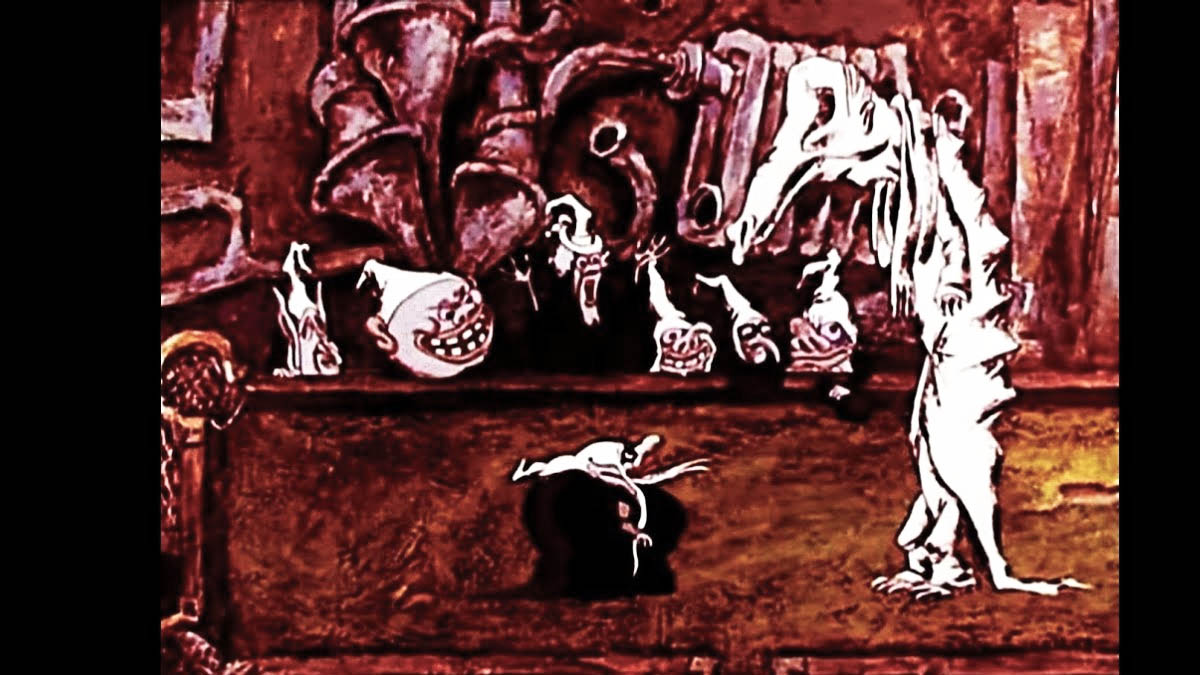Like in a scary fairy tale: the history of the USSR's creepiest cartoon film
Содержание
Everyone is used to associating cartoons with something joyful, bright and carefree, but Soviet animation had its own specificity. Firstly, many people remember Soviet cartoons as full-fledged works of art thought out to the details and filled with meaning - here it is worth noting that Soviet cartoons are a head above modern cartoons. Secondly, Soviet animation was created for an adult audience rather than for children, although the maximum age limit on them is "6+".

Surprisingly, among the popular Soviet animation, there are some cartoons that are remembered for their creepy pictures and horrifying plots. They used to joke that, unlike modern Disney cartoons, they were created to prepare children for the "harsh reality".

It's worth noting that for some reason a lot of creepy cartoons are made with birds in them. One example is "The White Heron." The story tells us about a young princess, because of whom all the white herons were killed. When she realised what she had done, she immediately repented and decided to start a new life, bringing good into the world. Although the princess does admit her mistake, the sad ending and the brutal massacre of the herons leave the viewer horrified.
Another of such masterpieces is the animated cartoon "The Caliph Stork". It is based on Wilhelm Hauf's mystical fairy tale of the same name from the distant 1825. "Khalif the Stork" is considered one of the best works of the director and animator Valery Ugarov. The cartoon was released in 1981 and for a while was terribly popular among Soviet viewers. The main character, the Caliph, voiced Innokenty Smoktunovsky. The other main roles went to Natalia Seleznyova, Inna Churikova, Vasily Livanov, Harry Bardin and Zinaida Naryshkina.
The screen adaptation is slightly different from the original Arabian-inspired fairy tale. This was done to create more understandable images and pictures. One example is the view of the Caliph himself. In the original tale, Hasid (the real name of the rich nobleman) is a bearded dark-haired Sikh. Also in the tale, he does not dream of becoming a stork, but makes the decision rather spontaneously.

In the film adaptation there are both minor differences that do not affect the plot much and significant changes. For example, in the film the Caliph's companion refuses his proposal of marriage, while in the original story she agrees and the heroes get married. This difference can be considered significant, as it affects the fate of the characters and the plot directly.
The plot of the cartoon "The Caliph Aist"
The story tells us about the richest nobleman, the Caliph. One day the young man sat at the window and looked at the storks walking in his beautiful garden. He was absolutely delighted with the "royal birds". Noticing their graceful necks and slender legs, as well as the way they were "having fun" without a care, the Caliph realised that he too would like to become a stork.

Suddenly his reverie was interrupted by an eerie bearded man in black robes. The mysterious stranger had caught one of the storks enjoying themselves in the garden. The Caliph immediately ordered the guards to catch the thief and bring him to him. Unfortunately, the man turned out to be mute. However, when the guards searched the bearded man, the young man found a box with an unusual powder. Inside it lay a note with an inscription in a foreign language. Gathering all his courtiers round, the Caliph ordered the inscription to be read for a specific reward. But none of the servants could read the mysterious inscription.
A mysterious man in black overheard the conversation and decided to pretend to be one of the courtiers, wearing a ghastly mask. He took a piece of paper in his hands and told the Caliph that if a man inhaled the powder and said the magic word "mutabor", he could become any beast and easily understand its language. Later, the man said that one must never laugh, otherwise the man would immediately forget the magic word and would not be able to regain his former appearance. Interested in the miracle powder, the Caliph thanked the man in black, never suspecting that he was talking to a thief. In fact, the mysterious man turned out to be an evil sorcerer who had obviously not good intentions.
Now let's watch this awesome cartoon to feel its whole atmosphere.
https://youtu.be/PH0lS3Anwc0
At first, the caliph was happy to transform into various animals, avoiding state affairs and the annoying vizier (the title of the highest-ranking official in the Muslim East). He became a fish, a spider and could hardly contain his laughter from joy and merriment. Afterwards, the young man decided to become a stork to make his recent dream a reality. Flying to a water body in the guise of a stork, the Caliph met a beautiful and graceful stork. The nobleman immediately took a liking to her. She kept telling him how funny he was and even began to teach the Caliph to dance. He was very impressed by their time together. He was so happy and amused that he forgot about the main prohibition - not to laugh. The Caliph was horrified to find that he had forgotten the magic word.
This was not the nobleman's only problem - his castle was destroyed by a terrible sorcerer and the storks' nests were burnt down. Suddenly, a salamander appeared from a nearby body of water and told the hero how she had been bewitched by an evil sorcerer. The new acquaintance also said that she knew where the terrible sorcerer lived and how to return her human form.
"Khalif-aist" is not for nothing considered one of the creepiest Soviet cartoons. The cartoon both frightens and attracts the viewer not so much with its mystical plot as with its disturbing music, scary images and pictures. Thinking about the story, one can see that the Caliph is a young man disillusioned with life, who wanted to escape from his own life and the state responsibility entrusted to him by any means. The melancholic voice of the characters only emphasises the creepiness of the cartoon and introduces the viewer to even greater horror. "The Caliph Aist" - a truly profound cartoon, which is definitely worth watching at least once.



